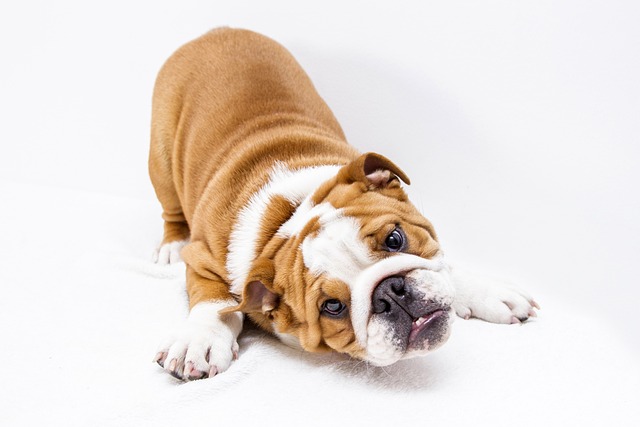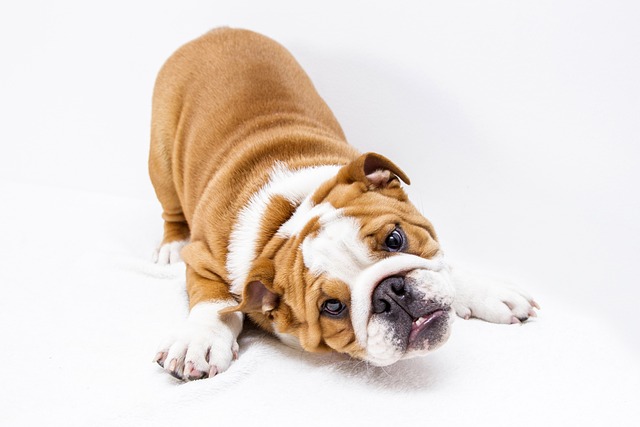
What is the healthiest food to feed your puppy
The quest for the healthiest puppy food can feel overwhelming for a new owner, staring at an entire wall of options at the pet store.
Dogs, much like humans, need water to survive, but when does a healthy thirst turn into something more concerning? Understanding the line between normal hydration and excessive water drinking in dogs is crucial for every pet owner. On average, a dog should drink about one ounce of water per pound of body weight daily. However, factors like activity level, diet, and weather can influence this. If your pup suddenly starts gulping down water far beyond their usual intake, it’s time to pay attention.
Spotting the signs of excessive water intake in dogs isn’t always straightforward. Some dogs naturally drink more, especially after exercise or on hot days. But when you notice frequent refills of the water bowl, accidents in the house despite prior housetraining, or unusual restlessness at night, these could be red flags. Excessive urination often accompanies increased drinking, so if your dog is asking to go out more often or producing larger puddles than usual, it’s worth monitoring closely.
Several health conditions can trigger excessive water consumption in dogs. Kidney disease, diabetes, and Cushing’s disease are common culprits, as they disrupt the body’s ability to regulate fluids. Urinary tract infections or even psychological stress can also lead to overdrinking. Left unchecked, excessive water intake can dilute essential electrolytes, leading to dangerous imbalances. In severe cases, water intoxication—though rare—can occur, particularly in dogs that play aggressively in water or gulp too much too quickly.
Managing your dog’s water intake doesn’t mean restricting access unnecessarily. Instead, track their daily consumption by measuring how much you pour into their bowl and noting any leftovers. Sudden spikes in drinking should prompt a vet visit, especially if paired with other symptoms like weight loss, vomiting, or lethargy. For dogs diagnosed with conditions like diabetes, your vet may recommend scheduled water breaks to prevent overconsumption while keeping them hydrated.
Balancing hydration and health means staying observant without becoming overly anxious. Most dogs self-regulate well, but knowing what’s normal for your pet helps catch problems early. If you’re ever unsure whether your dog’s water drinking is excessive, a quick check-in with your veterinarian can provide peace of mind. After all, keeping them happy and healthy starts with noticing the small changes—before they become big concerns.

The quest for the healthiest puppy food can feel overwhelming for a new owner, staring at an entire wall of options at the pet store.

That tiny face looking up at you from a bowl that seems too big for them brings a very specific question: what is the absolute best food for my small-breed dog?

When a puppy starts showing signs like fever, runny eyes, or lethargy, panic often sets in for dog owners—especially when distemper is mentioned.

If you’ve ever pulled a bag of dog treats from the pantry only to have your pup spin in circles and paw at your feet, you might wonder

Pet owners often miss subtle changes in their dog’s behavior that signal worms, since many signs can seem like regular doggy habits at first.

You’re standing in the pet store aisle, holding a bag of crunchy peanut butter biscuits in one hand and freeze-dried salmon strips in the other